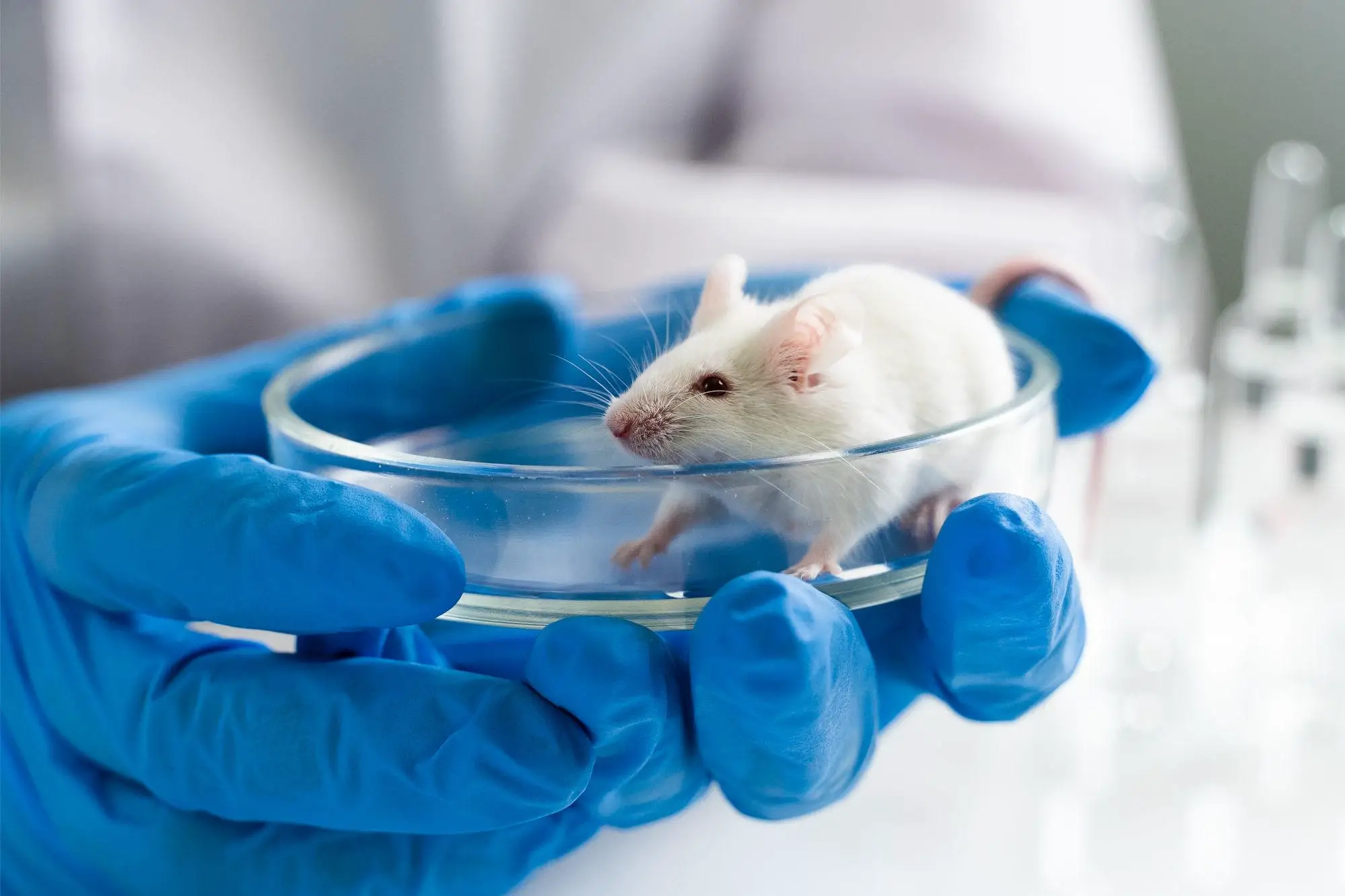Summary of Current Anatomical Predictions for Muscle Is Wrong:
A new study has shown that extrapolating measurements from mice to predict human muscle properties is inaccurate after researchers transplanted human muscle into an arm to measure its properties and evaluate architectural and scaling predictions. Contrary to previous beliefs, the team found that the power functions with relatively short fibers working in parallel rather than long fibers and that “extraction” from animal data to predict human muscle function is inaccurate. The findings have implications for surgical procedures, computer simulations of the musculoskeletal system, muscle function, and rehabilitation.
*****
New Research Shows Inaccurate Predictions Based on Animal Measurements
In science, conclusions from studying small creatures are often generalized and applied to humans, despite the significant size difference. However, new research is the first to measure human muscle contractile properties directly and demonstrates that basing such information on animal measurements leads to inaccurate predictions.
They were transplanting a human patient’s gracilis muscle (a large thigh muscle) into the arm to recover elbow flexion following a brachial plexus injury allowed scientists to measure muscle properties and evaluate architectural and scaling predictions directly. The scientists discovered that the gracilis muscle functions with relatively short fibers working in parallel rather than long fibers, contrary to previous beliefs based on conventional animal anatomical models.
Human Muscle Fibers Work Differently than Previously Believed
Specifically, they established that human muscle fiber-specific tension is 24% smaller than the gold standard used traditionally, as determined by small mammals. Additionally, they decided that the average gracilis optimal fiber length is about half of what had been understood to be the case based on detailed anatomical studies of muscles from cadavers. These findings have significant implications across disciplines, including surgery, computational musculoskeletal modeling, muscle performance, and rehabilitation.
Scientists Must Study Animal Muscles and Then Make Predictions
“There’s a reason scientists study animals,” said Richard L. Lieber, Ph.D., senior author and chief scientific officer at Shirley Ryan AbilityLab. “Direct measurements of human muscle contractile properties don’t occur because they require muscles to be cut out of the body. As a result, scientists must study animal muscles and then make predictions as they relate to humans by scaling numbers according to size.”
Moving Forward
Many procedures (e.g., tendon lengthening, tendon transfer, surgical release) alter muscle length and force. These findings have significant implications across disciplines, including surgery, computational musculoskeletal modeling, muscle performance, and rehabilitation. For example, predicting how a muscle will perform after a surgical procedure is critical. However, only musculoskeletal models can currently be used to predict surgical outcomes.
The study findings do not deter Dr. Lieber. “Discovering that our anatomical predictions for human muscle are wrong is big news for human science,” he said. “It is critical that we, as scientists, continually test our assumptions. This knowledge sets us on the path to better understanding muscle performance, adaptation, and rehabilitation potential.”
In conclusion, this breakthrough emphasizes the importance of directly measuring human muscle contractile properties to obtain accurate predictions. Moving forward, scientists need to develop new methods, such as non-invasive procedures, to improve the accuracy of measurements.


